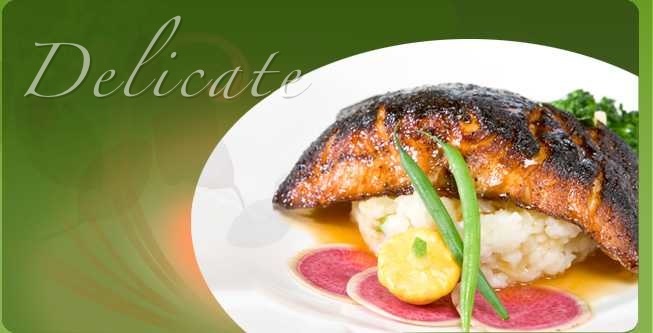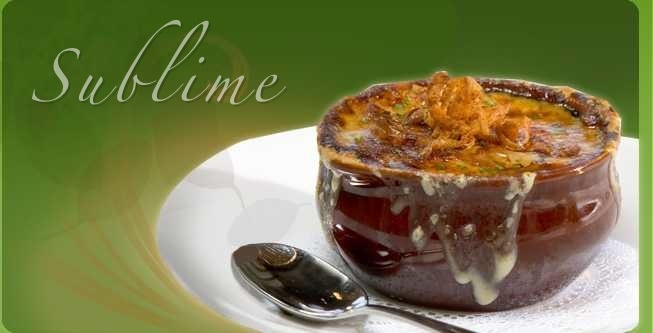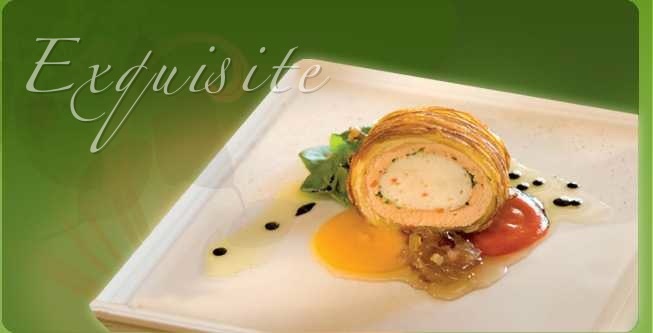After 11 successful years in business, We have been blessed by the many friends and we have encountered along the way and wish you all a happy and healthy future.

Salmon is a common food classified as an oily fish with a rich content of protein and omega-3 fatty acids. In Norway – a major producer of farmed and wild salmon – farmed and wild salmon differ only slightly in terms of food quality and safety, with farmed salmon having lower content of environmental contaminants, and wild salmon having higher content of omega-3 fatty acids.
Salmon flesh is generally orange to red, although there are some examples of white-fleshed wild salmon. The natural color of salmon results from carotenoid pigments, largely astaxanthin and canthaxanthin in the flesh. Wild salmon get these carotenoids from eating krill and other tiny shellfish. https://hullcrave.com/
The concentration of carotenoids (mainly canthaxanthin and astaxanthin) exceeds 8 mg/kg of flesh, and all fish producers try to reach a level that represents a value of 16 on the “Roche Colour Card”, a colour card used to show how pink the fish will appear at specific doses. This scale is specific for measuring the pink colour due to astaxanthin and is not for the orange hue obtained with canthaxanthin. https://hullcrave.com/
The development of processing and storage operations, which can be detrimental on canthaxanthin flesh concentration, has led to an increased quantity of pigments added to the diet to compensate for the degrading effects of the processing. In wild fish, carotenoid levels of up to 25 mg are present, but levels of canthaxanthin are, in contrast, minor. https://www.benchwarmerscoffee.com/
Raw wild salmon is 69% water, 20% protein, 6% fat, and contains no carbohydrates (table). In a 100 gram reference amount, raw salmon supplies 142 calories, and is a rich source (20% or more of the Daily Value, DV) of several B vitamins, especially vitamin B12 at 133% DV, selenium (52% DV), and phosphorus (29% DV). Dietary minerals in moderate content are copper (15% DV) and potassium (10% DV).

Soup is a primarily liquid food, generally served warm or hot (but may be cool or cold), that is made by combining ingredients of meat or vegetables with stock, or water. Hot soups are additionally characterized by boiling solid ingredients in liquids in a pot until the flavors are extracted, forming a broth. Soups are similar to stews, and in some cases there may not be a clear distinction between the two; however, soups generally have more liquid (broth) than stews.

In traditional French cuisine, soups are classified into two main groups: clear soups and thick soups. The established French classifications of clear soups are bouillon and consommé. Thick soups are classified depending upon the type of thickening agent used: purées are vegetable soups thickened with starch; bisques are made from puréed shellfish or vegetables thickened with cream; cream soups may be thickened with béchamel sauce; and veloutés are thickened with eggs, butter, and cream. Other ingredients commonly used to thicken soups and broths include egg, rice, lentils, flour, and grains; many popular soups also include pumpkin, carrots, potatoes, pig’s trotters and bird’s nests.
Other types of soup include fruit soups, dessert soups, pulse soups like split pea, cold soups and other styles.
